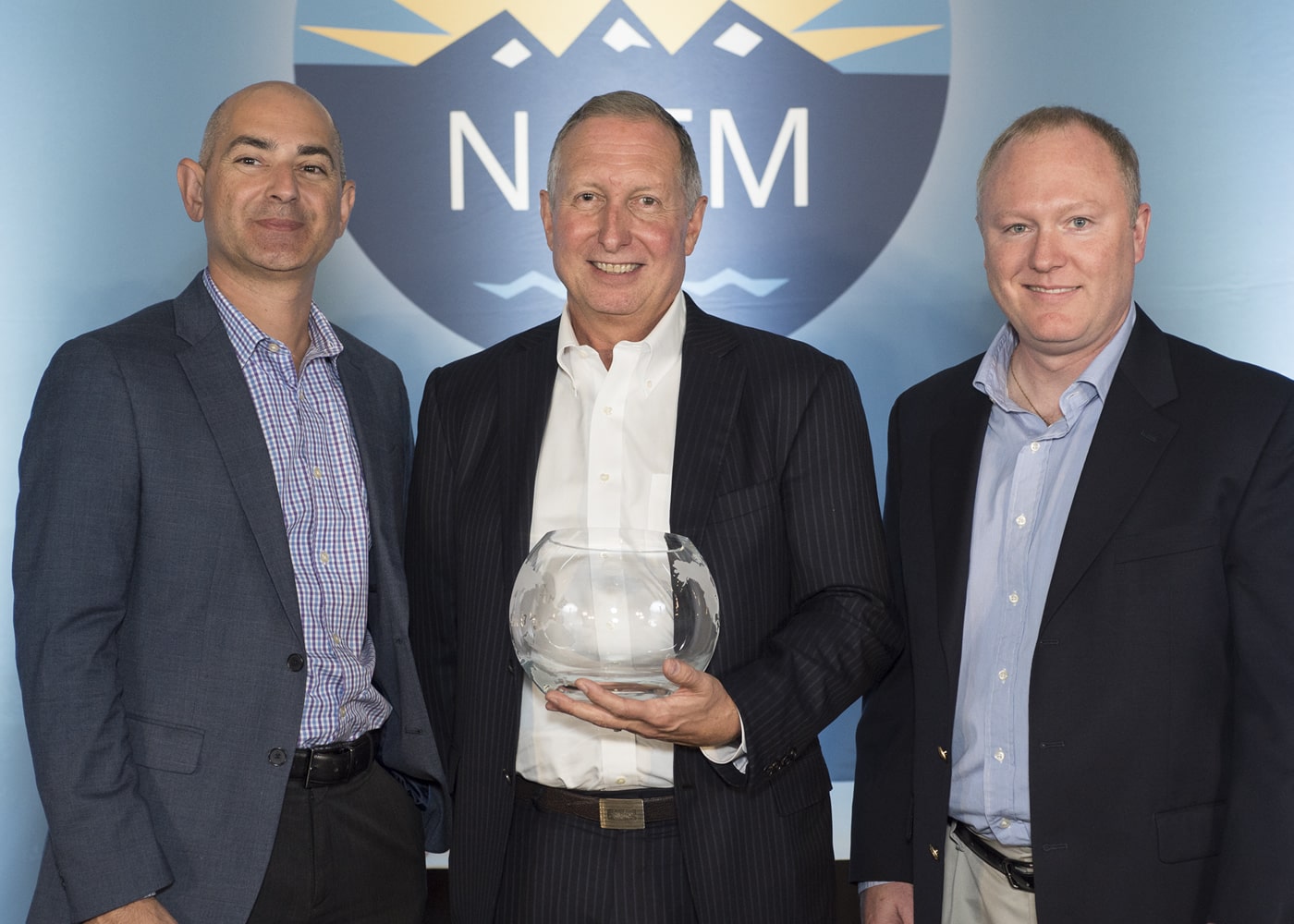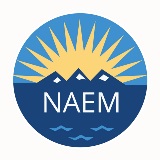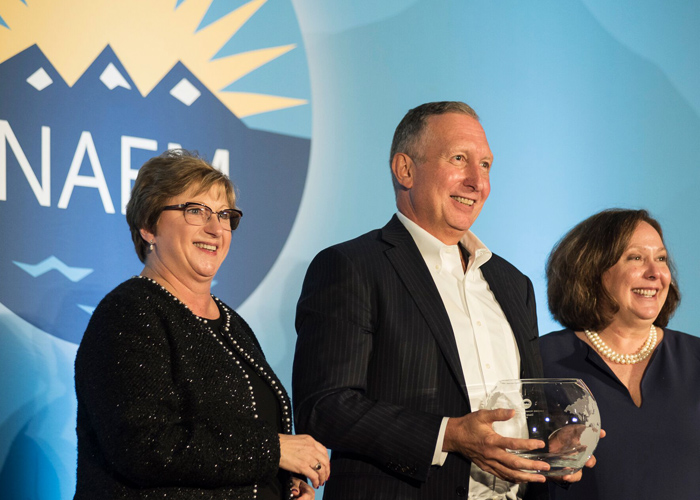David Eherts: EHS Success is About Employee Engagement, and Employee Engagement is About Belief

To get a company to walk the EHS&S walk, it takes employee engagement at the “boots on the ground” level just as much as the C-suite, advises Dr. David Eherts, Vice President of Global EHS at Allergan. As an EHS manager, you need the best knowledge and observations about your company’s EHS performance and hazard potential — and the best sources of that are your staff. And as David puts it, EHS managers “desperately want their knowledge, whatever form it takes.” EHS managers also need the best financial support they can get — and the people in charge of that are your C-suite. “Once they believe, getting [executives] to commit resources becomes easy,” David notes, and he would know: He previously obtained approval for $25 million in EHS investments.
David has been widely recognized for his success in these areas, including being honored with NAEM’s Lifetime Achievement Award last year. In nominating David for a 2019 Lifetime Achievement Award, Sulaiman Hamidi, Allergan’s Director of Sustainability and Product Stewardship, shared that “[David’s] leadership has resulted in a transformational culture change at Allergan, leading to increased employee engagement, senior management support, and overall accountability and integration of our environmental, health and safety program.”
No matter where an employee stands on the corporate ladder, there are two keys to engaging their support on an EHS issue. One: Employees need to believe that the issue matters. Two: Employees need to believe that their actions matter.
BELIEF THAT EHS MATTERS
According to David, if you want to convince your employees that EHS matters, your employees need to know that you walk the walk. Encouraging this type of visible leadership was a key part of Allergan’s New View safety strategy implementation. When asked what visible leadership means to Allergan, and how it was implemented, David replied: “It means that leaders start every staff meeting with a safety moment, start and end every all-hands with a safety message and complete their Gemba walks every week. On top of all this, they need to remember to walk the walk (wear their PPE, never text while walking, drive safely in and out of the plant).”As for convincing the C-suite to provide needed funding, “Once they believe [that safety impacts the business], getting them to commit resources becomes easy,” says David. He was recently successful in obtaining approval for $25 million in investments to eliminate unsafe conditions and exposure to potent pharmaceuticals for Allergan locations around the world. His takeaway: “Constantly implementing cost-benefit analysis to demonstrate the quantitative value of every safety initiative, no matter how small, over time, changes the way executives understand safety. They begin to ‘believe’ that every time safety impacts the business, it saves significantly more money than it costs.”
BELIEF THAT INDIVIDUAL ACTIONS MATTER
Most recently in his role at Allergan, David introduced an innovative Good Observation program that has significantly reduced the injury rate, driven leadership commitment to health and safety, and strengthened employee engagement. “Good Observation” is an umbrella term for many things: near misses, unsafe conditions, unsafe processes, suggestions for improvement, and just plain good ideas.Why is combining the reporting for these categories so much more effective than keeping them separate? David shares that “It communicates to employees that we desperately want their knowledge, whatever form it takes. Once we convince employees that we are a learning organization, it doesn’t make any difference whether they are communicating near misses, unsafe conditions, unsafe processes or simply suggestions for improvement. Rather, anything they tell us that improves safety is a ‘good’ observation.”
David sees Allergan’s Good Observation program as synonymous with employee engagement. “Good Observations lead to ‘unconditional positive regard’ and impact the frontal lobe of the brain to increase focus, collaboration, reason and ability to plan ahead.” The role of the frontal lobe is key; when asked why related program Critical Safety Task of the Day is so effective, David replied that “it ensures that any time an employee is performing a task with a risk of serious injury or fatality, they are working from their frontal lobe.”
If you can convince your employees that you are a learning organization and convince your C-suite that EHS quantitatively impacts the business, you’re well on your way to making the EHS magic happen. And as David noted in a 2019 interview with Industrial Safety & Hygiene News, the key to success isn’t having the answers — it’s implementing them.
David Eherts is the 2019 Lifetime Achievement Award recipient. Since 2014, he has guided Allergan in decreasing global total recordable incident rate significantly (39% reduction 2016 vs. 2015; 36% reduction 2015 vs. 2014; and, a 48% reduction 2014 vs. 2013). It was accomplished by adopting a New View strategy of encouraging visible leadership and strong employee engagement, i.e., over 1,000 management-led site walk-throughs annually and a Good Observation rate of 225% for operations’ employees. Read more here.
About the Author

NAEM Staff
The National Association for Environmental, Health and Safety, and Sustainability (EHS&S) Management (NAEM) empowers corporate leaders to advance environmental stewardship, create safe and healthy workplaces and promote global sustainability. As the
leading business community for EHS&S decision-makers, we provide engaging forums, a curated network, peer benchmarking, research insights and tools for solving today’s corporate EHS&S management challenges. Visit us online at naem.org.



